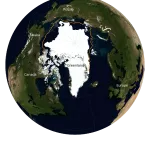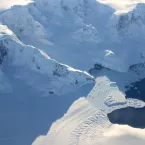Our Research
As climate changes, how do Earth's frozen areas affect our planet and impact society?
In this section
Related News & Stories
Filter by:

Feature Story
NSIDC lead scientist Ted Scambos organized a three-day retreat at Sylvan Dale Ranch, nestled in the rolling plains near Loveland, Colorado. Scientists shared the latest West Antarctic Ice Sheet (WAIS) research, mulling over difficult questions about the affects of topography on ice sheet movement and the influence of ice shelf collapse on glaciers.
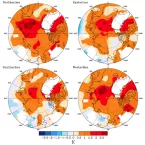
Feature Story
Scientists look at changes in the extent of Arctic sea ice at summer's end—the seasonal minimum—as an indicator of climate change. NSIDC scientists Mark Serreze and Andy Barrett, and colleague John Cassano look closer at how sea ice loss may influence Arctic weather patterns.
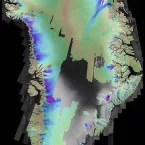
Spotlight
NASA is making sure Earth data, called Earth system data records (ESDRs), remain valid. The NASA Making Earth System Data Records for Use in Research Environments (MEaSUREs) program supports scientists who make these long-term ESDRs in their area of speciality.
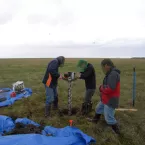
Feature Story
NSIDC scientist Kevin Schaefer and colleagues study how much carbon in thawing ground could add to the atmosphere in the future—in the form of greenhouse gases that will accelerate the warming of Earth's climate.
